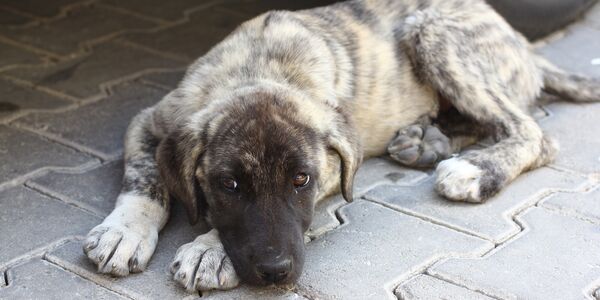Evolution is often thought of as a gradual process unfolding over thousands of years, but the dogs living near the Chernobyl nuclear power plant provide a remarkable example of rapid genetic adaptation. In the nearly 40 years since the catastrophic reactor explosion, these dogs have developed distinct genetic traits that set them apart from other canine populations. Researchers comparing the DNA of dogs at the site to those in surrounding areas uncovered significant differences, indicating a unique evolutionary response to the extreme environment.

Elaine Ostrander, a geneticist at the NIH’s National Human Genome Research Institute and one of the study’s authors, shared her findings with IFLScience: “I think the most remarkable thing about the study is that we identify populations of dogs living in and in the shadow of the reactor, and we can tell who those dogs are just by looking at their DNA profile.”
While the full implications of these genetic changes are not yet understood, these dogs are not alone in their remarkable adaptations to the fallout zone. Animals living in the area combat the harmful effects of radiation by increasing their melanin levels.

The exact mechanisms driving these changes remain under investigation, but one likely explanation is that radiation-induced mutations are playing a role. A 2020 study highlighted how radiation exposure could create genetic mutations that are passed on to offspring, introducing new variations into the population. Conversely, individuals less equipped to handle the radiation’s effects might not survive, leaving a more radiation-tolerant population with reduced genetic diversity.
A remarkable example is their friendliness and eagerness to interact with humans despite living on the streets. Some dogs can appear to look ‘normal’ while others have obviously changed as if new breeds have been invented. Many pups have piercing orange or red eyes that are absolutely stunning!

What is clear is that the dogs of Chernobyl illustrate how environmental pressures can drive evolution much faster than previously believed. These genetic adaptations hint at the complex ways life responds to extreme challenges, offering a unique glimpse into evolutionary biology in action.
Despite their unusual circumstances, the Chernobyl dogs remain incredibly friendly and affectionate, thriving under conditions that would seem impossible for many. Their resilience and charm serve as a poignant reminder of nature’s ability to adapt, even in the face of immense adversity. There’s still much to uncover about these remarkable canines, but one thing is certain: they embody the beauty and resilience of life in its purest form.

 Toledo, United States.
Toledo, United States.